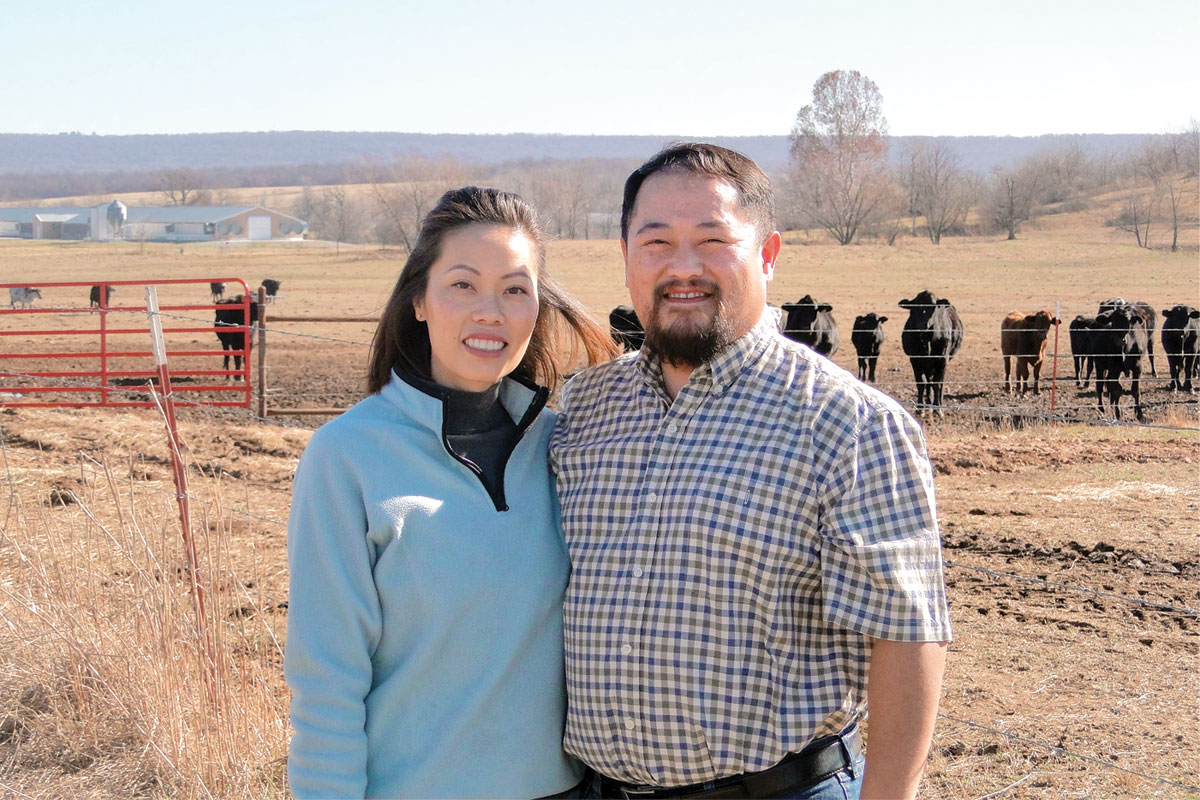
For Dr. Joan Burke, research animal scientist at the USDA Agricultural Research Service and Dale Bumpers Small Farms Research Center in Booneville, Ark., finding the answer to one question fueled them. The question – if chickens could break the parasite life cycle of Haemonchus contortus or Barberpole worm to lessen the infestation rate in the stomachs of sheep and goats?
Last summer, Burke, in coordination with poultry experts Annie Donoghue from the Fayetteville ARS station and Anne Fanatico, a post-doc at that station, began their research, and what they accomplished last summer will serve as background data for the second and final stage of the experimentation to be conducted this summer when chickens will once again inhabit the Booneville farm.
Joan is hopeful some of the questions in her curious mind will be satiated. “Ultimately,” she said, “we wish to determine if the natural pecking and scratching behavior of the chickens will break up fecal pellets on the pasture to break the parasite life cycle. Part of the life cycle of Haemonchus contortus, a blood sucking stomach worm which can cause anemia and death particularly in young sheep and goats, is completed on pasture.”
It is through the feces where worm eggs incubate. When the conditions are warm and humid, the eggs hatch and develop to the infective stage larvae where they, on blades of grass, are consumed by the sheep and goats. Joan’s theory is that if chickens do succeed in breaking apart the fecal pellets the heat of the sun will provide too dry an environment for the parasites to thrive, and the hatched larvae may not be able to survive to the infective stage.
“You know, 100 years ago farms were run as integrated operations rather than the monocultural farming of today, and they didn’t have as many health concerns as we have today. I think small organic farmers are learning that integration is a good thing,” Joan said.
Parasites are a problem year-round for Arkansas farmers, but Haemonchus contortus is a common threat to farmers on the other side of the world. In fact, Joan said, the easy to use illustrated Famacha diagnostic tool was created by a South African sheep farmer, and two Alabama brothers just obtained a small business grant to manufacture Sericea Lespedeza in pellet form.
Joan has also experimented, and written about, the use of Copper Oxide. “There’s no silver bullet,” she said. “If farmers don’t want to use Copper Oxide then we use genetics and address forage programs all the while using the Famacha system to treat their worm problems.”
The research is a result, Joan said, of sheep and goat farmers constantly asking if there was anything they could put on the pasture to manage the infestation. “In fact, Jim Morgan, a Fayetteville, Ark., producer actually got the ball rolling for initial research we did on heritable propensity toward infestation, and that work enabled us to receive a large grant to extend the initial research.
“We depend on open dialogue between the producers because we are trying to help them solve some of the issues that arise in the very complex business of farming. Our goals are the same – to increase their productivity in the most cost efficient manner.”







